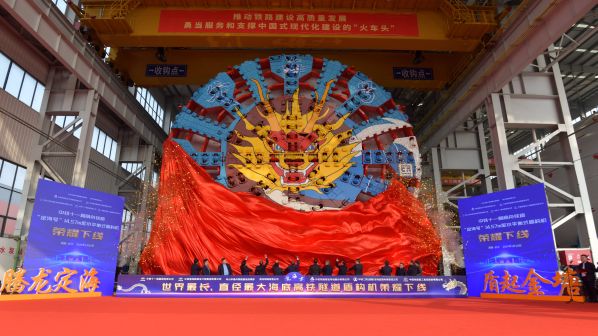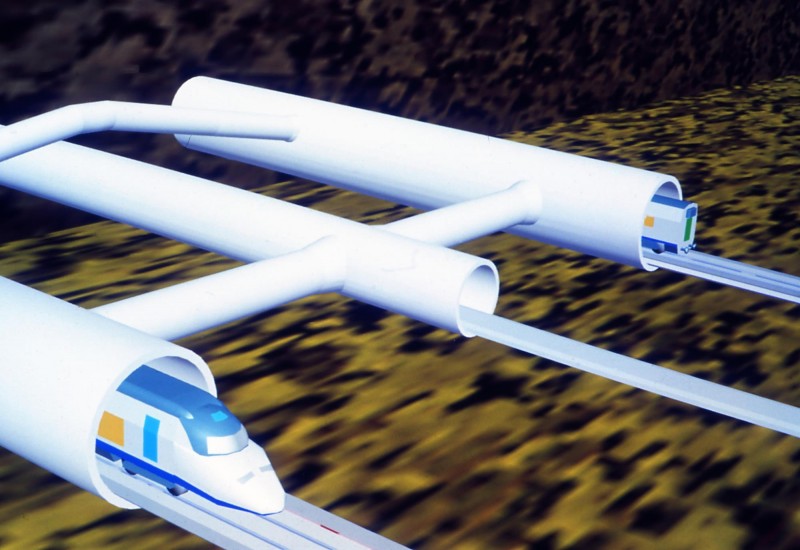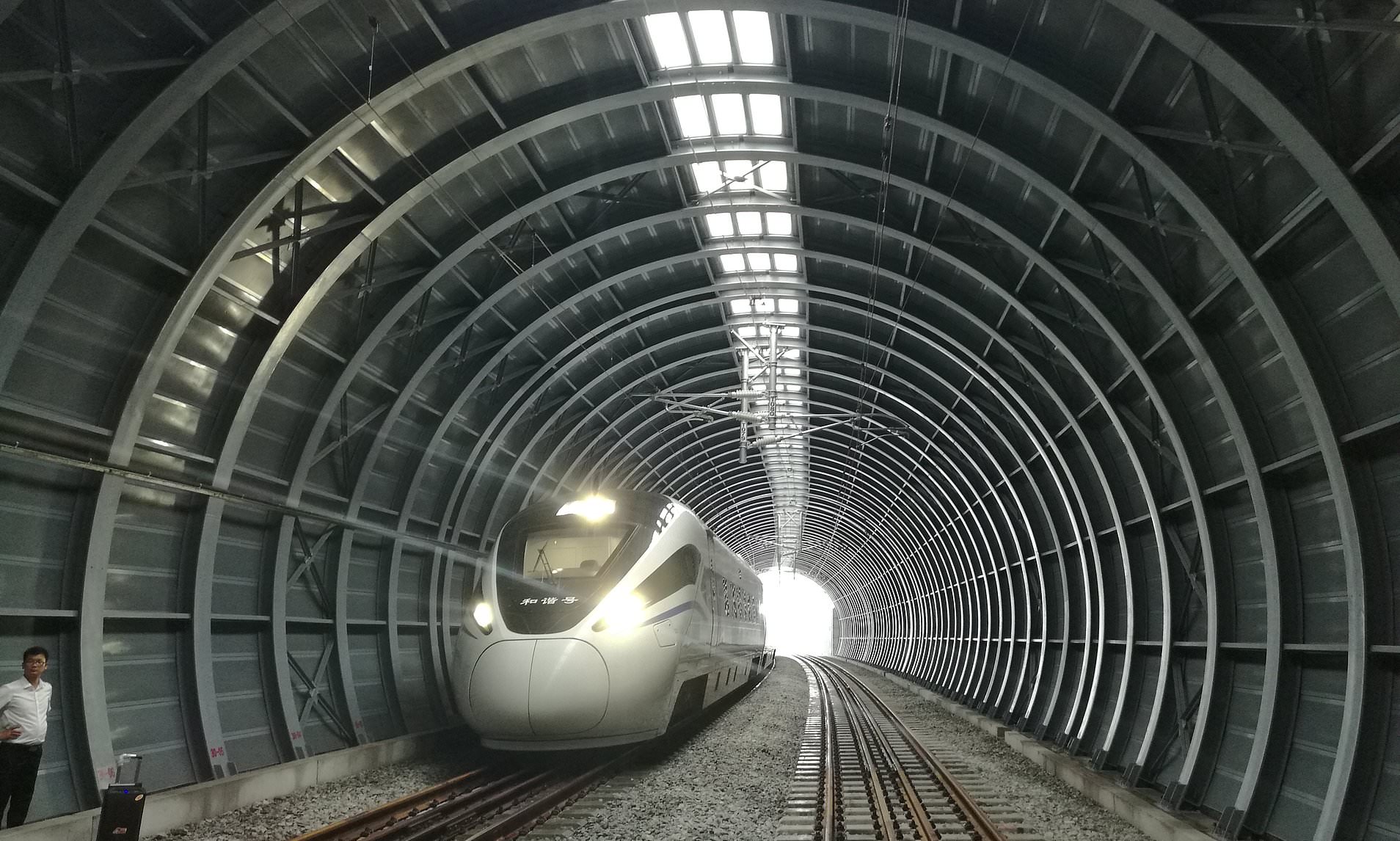For the first time ever, an undersea rail tunnel in China will meet in the middle rather than get completed on one end. This extremely complex endeavour undertaken by China Railway’s 14th Bureau Group means that the margin of error will be around 2 cm. The Jintang Undersea Tunnel will connect the city of Zhoushan to the high-speed rail system on the mainland. The tunnel will pass through quite the complex marine environment. Navigating beneath various risk factors such as oil pipelines, sea walls, docks and shipping lanes. At its lowest point, it will be 78 metres below the East China Sea. The tunnel will also have an 11.2km shielded section. This will allow trains to pass through it at speeds of up to 250km/h.
Completion Date
The tunnel is set to be completed in 2028 and will be the world’s third-longest undersea railway tunnel. According to China Daily, there are 28 transitions between soft and hard strata. Additionally, the tunnel boring machines have been modified to improve their ability to dig through both kinds of rock. One of such machines was put together by the 14th Bureau and China Railway Construction Heavy Industry Group. It measures 135m and weighs 4,350 tonnes. Moreover, it is equipped with 308 specially designed cutters and will be responsible for the Ningbo end of the scheme.

Also Read: £6bn Spain-Morocco Tunnel Studies Underway; Project to Kick Off Operations by 2030
Transport Time and Speeds
Once completed, the tunnel will transport travellers from Ningbo to Zhoushan in half an hour. This is an hour quicker than traveling by car over the Ningbo Sea bridge. What’s more, the trains will travel at a maximum speed of 160 km/h. This will make moving from Hangzhou, the capital of Zhejiang province, to Zhoushan, in 80 minutes. The only two other tunnels longer than the Jintang Undersea Tunnel are the Seikan Tunnel in Japan and the Channel Tunnel linking the UK to the rest Europe. The tunnel is going to be a crucial part of the 77-km Ningbo-Zhoushan High-Speed Railway, expected to be operational by 2028.
Zhoushan and Ningbo are currently connected by a cross-sea bridge and ferries, which are subject to disruptions from typhoons, maritime transportation challenges and holiday congestion, resulting in erratic transportation capacities and inconvenience for commuters.
The Ningbo-Zhoushan High-Speed railway
The Ningbo-Zhoushan High-Speed railway is a system currently under construction in Zheijang Province, China. It is expected to begin operations in 2028 and will carry trains at a speed of 250 kp/h. It will span 76, 396 kilometres. There will be stations in Ningbo East, Yunlong, Qiuga, Beilun West, Jintang, Ma’ao, and Zhoushan.
Also Read: 1.6km Al Khaleej Street Tunnel Contract Awarded in Dubai
In other undersea rail tunnel news, talks of a plan for an undersea rail tunnel connecting Morocco and Spain have been circulating since last year. A rail system connecting Africa to Europe could possibly be competed and operational by 2030, in time for the world cup. It would span just under 30 kilometres undersea with an additional 11 kilometres underground according to reports from Spain. The ambitious plan would have two tunnels dedicated to trains with a third being used as a service tunnel. The travel time between the two continents is estimated to be five and a half hours. Madrid and Casablanca would be two of the major stations however two other stations will be added for the system. The Arab Maghreb Union, the European Commission, the Barcelona Process, and the Union for the Mediterranean are just a few of the international organizations interested in this project.


